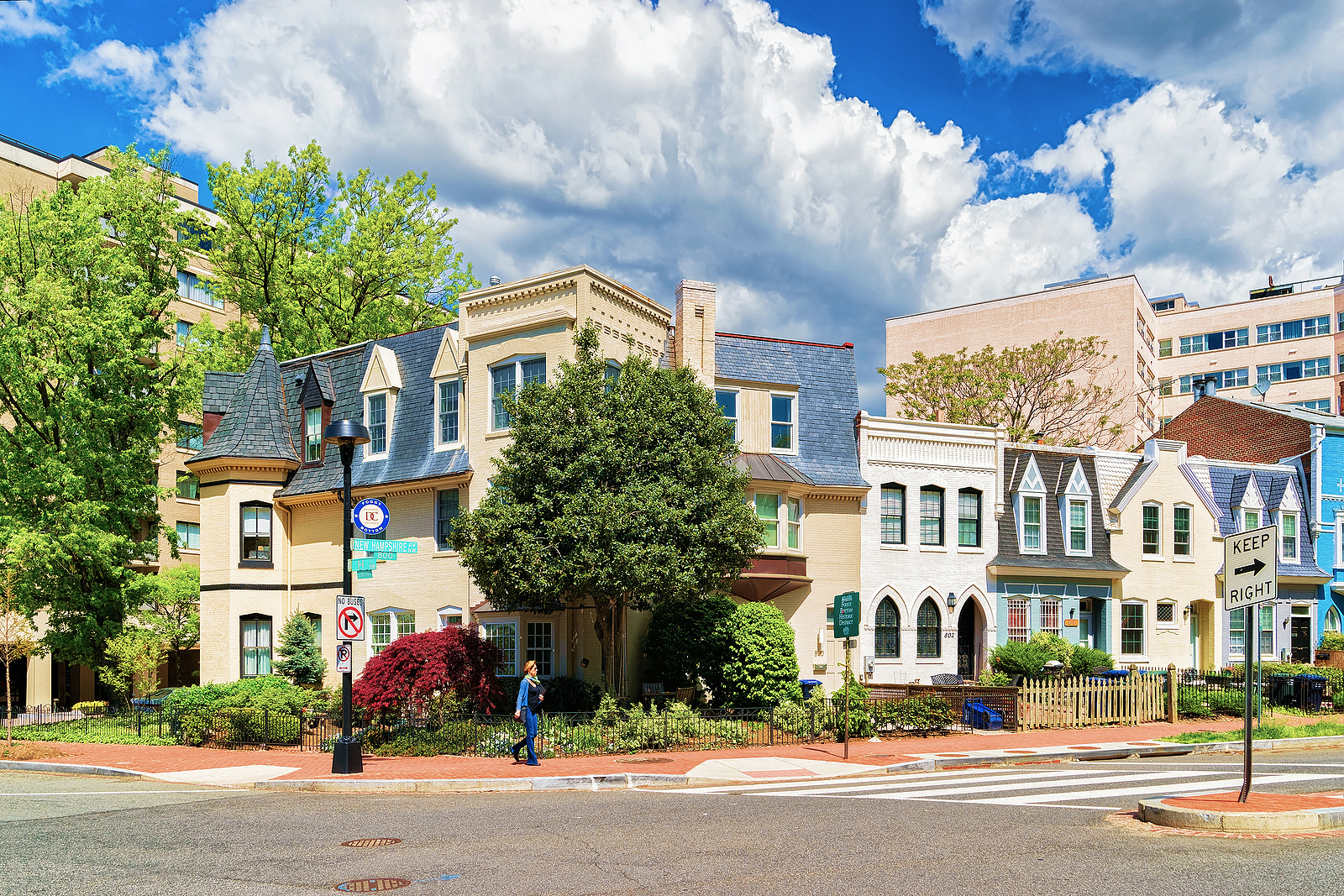If you live in the Washington, D.C. area, you are surrounded by a long and storied history. You may even live in a home with a story to tell. In fact, you may live in a house with a history that is well worth preserving. While all homes are important and cherished by their owners, not every home qualifies for an official designation of “historic property.” Researching your home’s backstory and determining its historical significance is key before you apply for historic designation.
What Entails “Significance” for Historic Property Designation?
Significance in the context of historic property designation means your home has some distinct characteristics that set it apart from other houses. Specific events or notable people in history may be attached to the lore of the property, or it may possess unique artistic or architectural value in its construction. Sometimes, the history is quite literally beneath your feet—pottery shards, arrowheads or other culturally important items may qualify.
Perhaps specific groups of historical importance had meetings or events at your house. Things of this nature could include the Suffragettes, the Underground Railroad, a Speakeasy or the signing of an important treaty. It could be that someone famous (or infamous!) lived in your house for a time. Maybe your home stands out due to the work of a well-known architect or builder, or has elements created by a specific craftsperson. These characteristics, sometimes alone, but often in combination, may qualify for a historic property designation.

Determining the historic value of your property will require some research on your part, and the Washington, D.C. Office of Planning can help get you started.
How to Apply for Historic Property Designation in D.C.
To apply for your historic property designation, you will need to provide documentation to the Historic Preservation Review Board (HPRB). To begin the process, you apply through the Historic Preservation Office.
The HPRB will hear your case for designation—you will make a brief presentation in support of the information package you provided in your application. Since the bulk of the HPRB’s decision is based on your written submission, ensuring it is as comprehensive as possible is a good idea. You will want to include copies of articles and other findings, maps, photographs and a bibliography of the materials you researched.
It is a great idea to reach out to local historians familiar with documenting properties for historic designation and do as much research as you can through public libraries, government offices and online government repositories. Although you may need to make a few in-person visits, a lot of the “legwork" can be done from home.
Pros and Cons of Historic Designation
A formal designation opens up different types of funding, credits and insurance benefits you would not otherwise have access to. This money can help maintain and improve your historic home, and fund further research. As a listed historic property, you may also find your home becomes a bit famous through walking tours and other city highlights.
However, you may not enjoy the extra attention of tour groups. And once designated historic property, any improvements come with guidelines and restrictions. Plenty of rules, regulations, paperwork and approvals are needed before any changes can be made. This isn’t to discourage improvements or upkeep—quite the opposite. It is to ensure that your home maintains the character and value that got your home designated in the first place.
For most historic homeowners, the satisfaction of a historic property designation far outweighs any minor inconveniences. A historic property designation is a wonderful way to keep history alive and well worth the effort.
Renaissance Development, experts in tuckpointing historic brick homes in D.C., offers a number of services that can enhance the functionality and beauty of your property, such as retaining walls, patios, front steps, urban gardens, iron work, and wooden fencing. Contact us to arrange a complimentary consultation.






